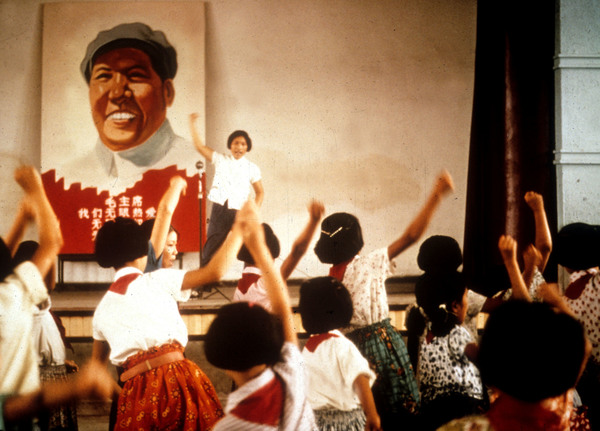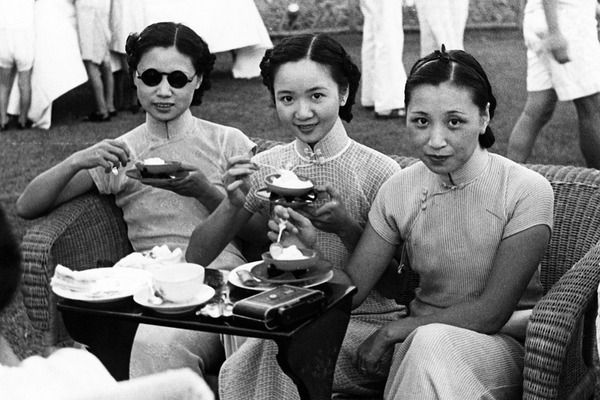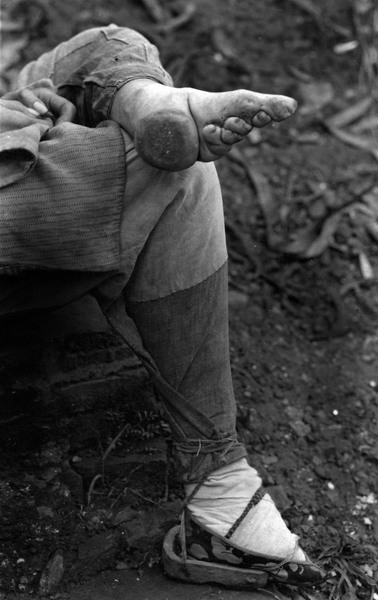
Yimou, Zhang. “Hero” (Beijing New Picture Film Co.: 2002) film clip, YouTube video, 4:33 posted by “gladtohelpafriend,” November 16, 2009. https://www.youtube.com/watch?v=p9keMBIyPnA
This scene of conflict from the film Hero (2002) between Flying Snow and Moon takes place after Broken Sword and Flying Snow find out that they both betrayed each other. This causes Flying Snow to kill Broken Sword. Moon challenges Flying Snow days later in the forest they are in but she is not as strong as Flying Snow, so she does not succeed in killing her. This story represents one of the different versions of how the “assasinations” of the assasins (Broken Sword and Flying Snow) take place. Analyzing the color of the film like author Robert Burgoyne discusses in “Color in the Epic Film: Alexander and Hero,” (2012) the color red and gold in this scene emphasizes the feelings of betryal & vengaence that only lead Flying Snow to feel dark and empty at the end of the scene and not as powerful as she seemed throughout the combat.[1]
The all red outfit that Flying Snow wore represented how much of a strong warrior she was in comparison to Moon because Moon wore an outfit that was more pink, which is a lighter hue. Along with the color of the outfit, both robes were flowy and long which symbolized the focus of the movement they created with their bodies when sword-fighting. The way that Flying Snow wore her long robe represented how strong and in control of her body she was. She was able to flip and spin without losing her balance like Moon did and show-off her strength in her movement. stay with the significance of the color red
Another red element in this scene was the blood that dripped onto the ground from the sword. As I mentioned in class this was the only time that the audience saw actual blood when someone was stabbed. Having the actual blood be shed in the scene was a way for the audience to see that death would only cause more pain for everyone. After killing Broken Sword Flying Snow did not feel a satisfied, her pain did not go away, niether did it go away when she killed Moon. In the other scenes the audience can tell that the warriors do not want to kill one another, so that fact that Flying Snow did kill people in this scene means that she became powerless through the act of killing. stay with the idea of blood and its significance
After this the gold leaves in the forest turn a deep red which symbolizes the betrayal of Broken Sword which caused Flying Snow to kill both Broken Sword and Moon. The gold color could also symbolize trust and honesty which was broken by Broken Sword and Flying Snow when they betrayed each other. The strong feelings of vengeance and anger that Flying Snow felt toward Broken Sword could be expressed through the deep color red in the scene. The leaves also turn red when Moon falls to the ground, dead, which represents the negative consequences that violence have on the person that uses it to get vengeance. contrast between or transition from gold to red?
[1]Robert Burgoyne, “Color in the Epic Film: Alexander and Hero,” in Rebeca, (n.p: 2012) 14-39
well organized work





